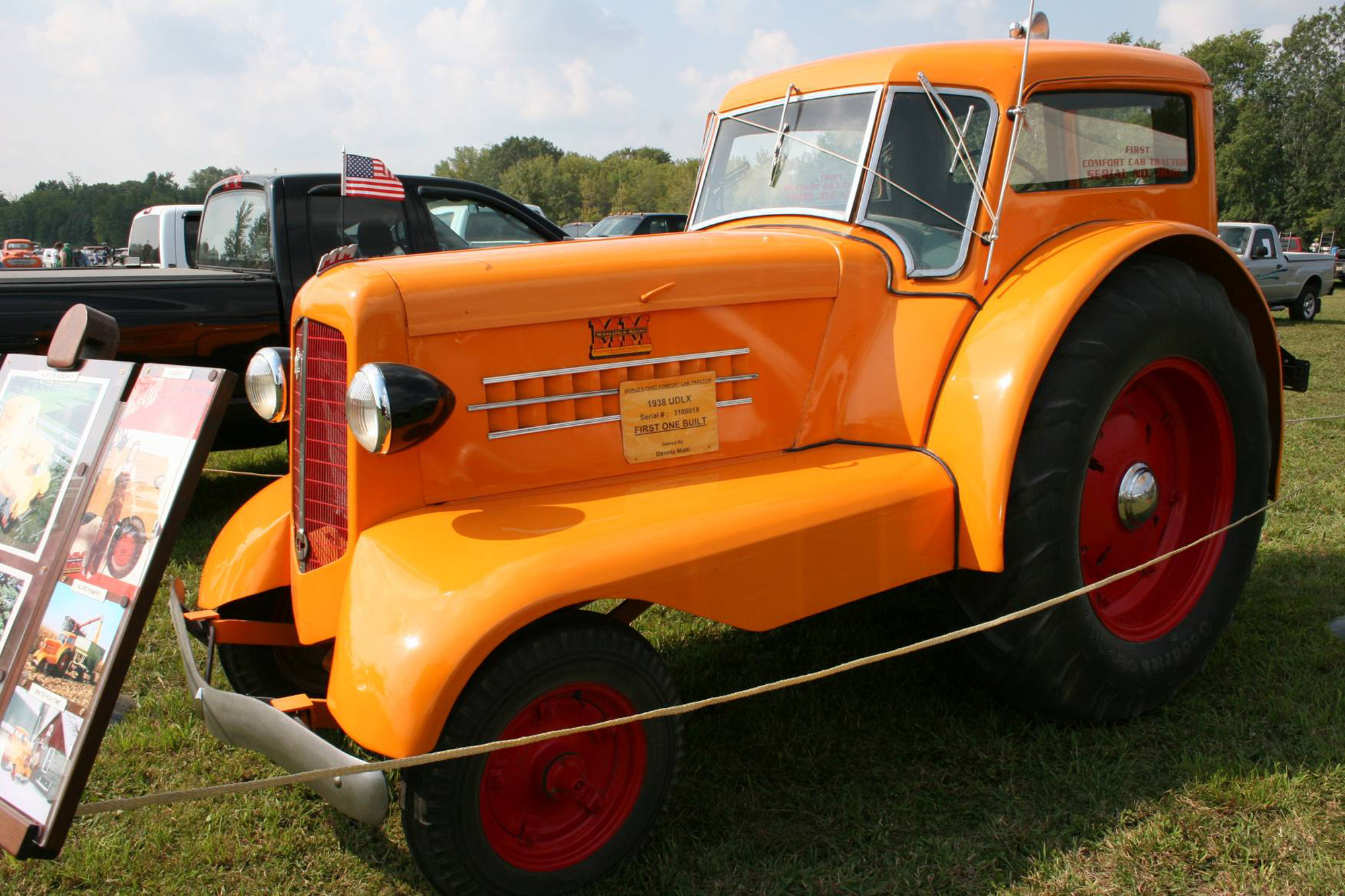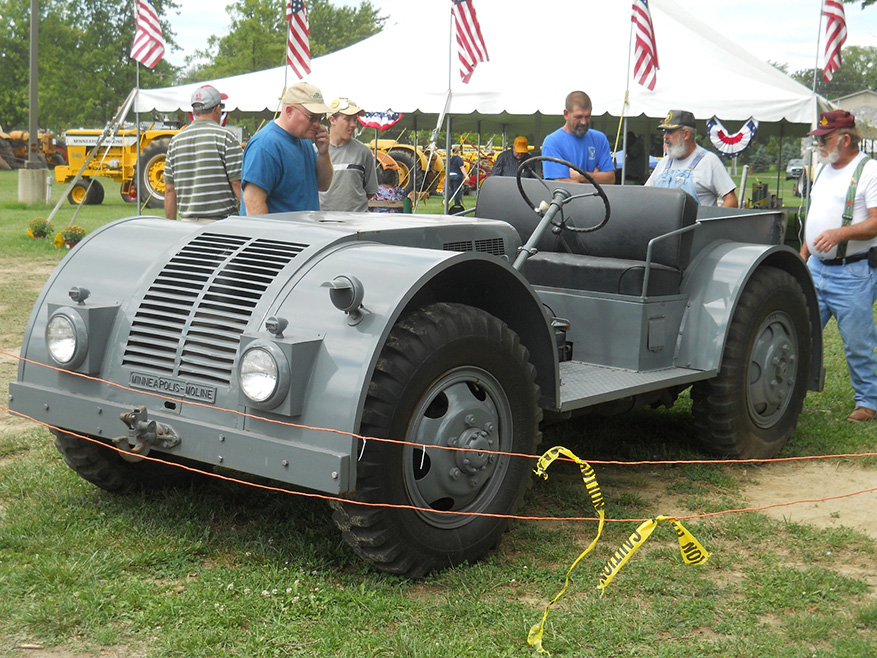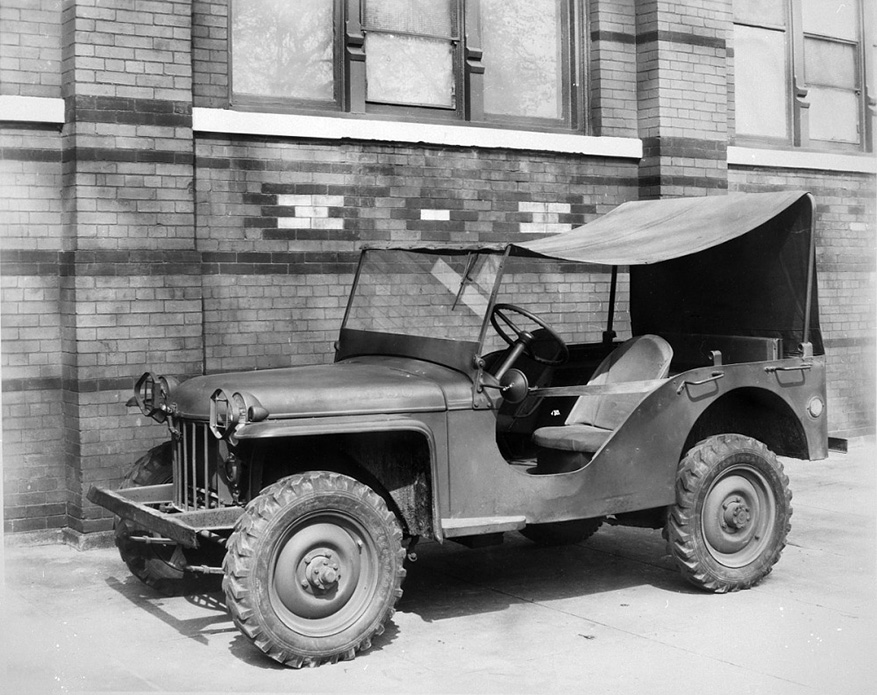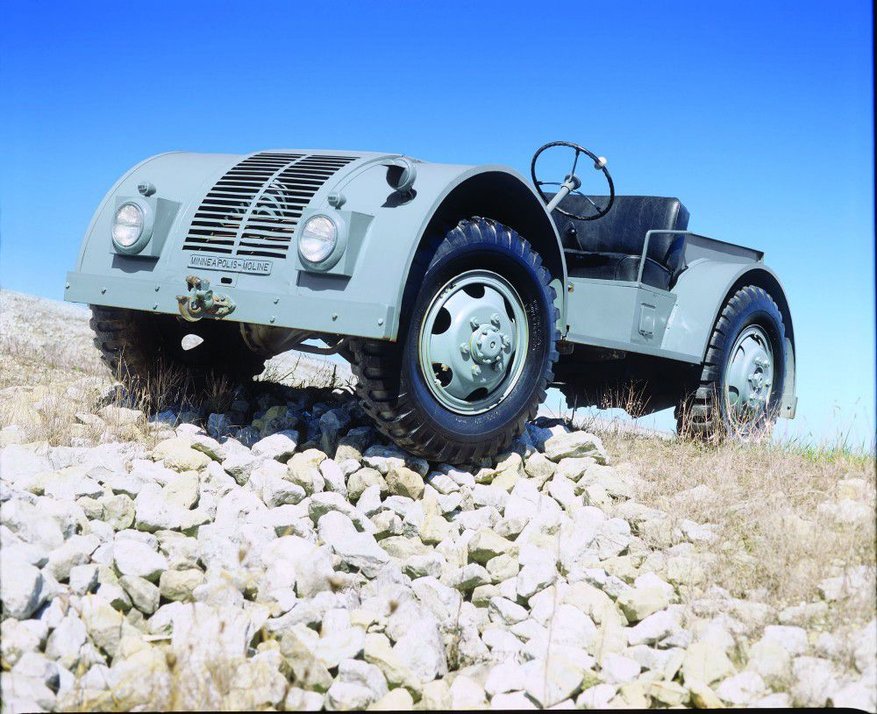by Matt Konkle
Torque Editor-in-Chief
American Bantam Car Company. Willys-Overland. Ford. If you have been around the Jeep block a few times then you know all about how those names are forever linked to the brand’s birth about 80 years ago.
From there, you may even know the rest. How Jeep was one of the most decisive weapons of World War 2. How Willys-Overland integrated the military version into a civilian vehicle. How the thing eventually became known around the world as much for its off-road prowess as for its Spartan, austere design.
But dig a little deeper into Jeep name history and something else interesting sticks out. Something that doesn’t involve those grille openings, weight ratios, leaf springs or even production capacities.
Yup, dig a little deeper and the Jeep name you though you knew may not have even come about. Or, at least not in the way we see it today.
They called it the Minneapolis-Moline ‘Jeep’. Well, at least the Associated Press did in an August 1940 article describing a high-speed adaptation of the ordinary farm tractor. This was over a month before the first Bantam prototype arrived into Army possession.
According to the AP in that 1940 story, the vehicle had recently undergone ‘strenuous’ testing at Camp Ripley in Little Falls, Minnesota, and “the Jeep … brought wide acclaim from both officers and enlisted men who saw it perform.”
In fact, Sergeant James T. O'Brien of the 109th Ordnance Company of the Minnesota National Guard especially noted the overall proficiency of the machine, especially when pulling a stuck howitzer out of the mud.
"One evening in a gathering of enlisted men, it was suggested that a short descriptive name be found for these vehicles,” O’Brien would later write. “Such names as 'alligator' and 'swamp rabbit.' I brought forth the name 'Jeep' as a result of reading Popeye in which Eugene the Jeep appears as a character, and the fact that these vehicles would go where you would least expect them to go. The name was unanimously accepted and subsequently painted on the vehicles, which have since become familiarly known."
In reality, the vehicle from that AP story was one of six prototypes dubbed UTX by Minneapolis-Moline. The company took its UTX vehicles to Camp Ripley it the hopes the Army would purchase to help move artillery equipment.
Minneapolis-Moline originally made its mark as a leading tractor manufacturer in the early-to-mid 1930s, but decided it wanted to open up new revenue streams and appeal to a wider customer base as the depression-worn decade trudged along.

So in 1938 it developed something called the UDLX, a new fully enclosed tractor meant to efficiently plow fields while also being more roadworthy than others in the company’s stable. However, thanks to a rather large price tag (over $2,000) and the country entering into yet another recession, the vehicle never caught on with farmers. Minneapolis-Moline ended up making less than 200 over that vehicle's production life.
Undaunted, it took what it considered promising design elements from the UDLX development program and merged them into production of several new, four-wheel-drive prototype versions of its popular Model U tractor. Then, instead of marketing to farmers, Minneapolis-Moline initially put a 41.5 horsepower, 283 cubic inch four-cylinder engine into the vehicle (later upgraded to a 75 hp, 425 cu in six-cylinder version) and offered them to the Army for testing as a powerful, go-anywhere artillery-moving device. The company also added a roller front bumper to help it get over almost anything and included winches on a few of the prototypes.
Minneapolis-Moline knew the Army was still using aging Holt tractors from 1917 to lug around artillery pieces, so it built the UTX to pull five-ton 155mm howitzers at a topped-out speed around 40 miles-per-hour, while giving it a water fording depth of over three feet.

The UTX proved to be a hit initially for the Army.
According to the AP article in 1940, the UTX “stresses quick maneuverability, low center of gravity, a speed of 40-miles-an-hour and a 7,500-pound drawbar pull … things the Army looks for in what is known as a ‘prime mover’”.
The vehicle was said to have crossed numerous large obstacles during the entire testing process in Minnesota, ‘walked’ through a forest area of up to five-inch trees, and was photographed climbing six feet up an oak tree before the wood splintered and the UTX crushed the rest of the tree.
The company noted those achievements in a promotional ad, as well as pointing out how O’Brien hung a sign on the vehicle’s radiator cap proclaiming it a ‘Jeep’ —all in the hopes the vehicle would get picked up by the Army as the country neared war.
“This new MM army vehicle was not a crawler, tractor, truck nor tank, and yet it could do almost anything and it knew all the answers,” Minneapolis-Moline wrote in an advertisement. “Because of this, it brought to mind the Popeye cartoon figure called ‘Jeep’ which was neither fowl nor beast, but knew all the answers and could do almost anything."
So what happened? Why does the Jeep name we know today have seven slots, leaf (and coil) springs, endless modification options and a legendary history forged on battlefields across the world—instead of that history perhaps being somewhat blunted and remembered as an extremely competent and capable artillery-pulling vehicle?
Well, perhaps it is somewhat because of that Bantam prototype which showed up to Camp Holabird, just outside of Baltimore, Maryland, in late September 1940. The Army really needed a new reconnaissance vehicle that could also be used as a light weapons carrier across the globe. And those needs morphed into several companies competing to create something that would be produced on a far greater scale than the UTX.
Perhaps it is also because of shifting Army requirements. The UTX did well with lighter artillery during early testing, but just wasn’t strong enough to handle most of the newer, heavier artillery pieces the Army was building.
So while Willys-Overland, Bantam and Ford were locked in their building process, Minneapolis-Moline again went into the design process and came out with another four-wheel-drive vehicle called the NTX.
The NTX arrived in 1942 and was a low-slung, four-cylinder, highly maneuverable towing vehicle designed to move around aircraft on ‘improvised’ airstrips for the U.S. Air Force. It featured a bench seat, 101-inch wheelbase and five-speed transmission capable of reaching 43 miles-per-hour while easily slipping under aircraft wings.
Interestingly, it also had a chain-driven transfer case that was mounted in a unit within the rear axle, allowing it no rear suspension at all—just a front one built by Timken.
The Air Force liked this design and Minneapolis-Moline ended up delivering almost 850 NTX vehicles from 1942-44. It would end up being used in the Pacific Theater where the vehicle distinguished itself well.
Along the way, Minneapolis-Moline also saw how the term ‘Jeep’ was catching on in popularity thanks to a Ford and Willys-Overland design that proved to be quite functional and efficient in difficult terrain across the world.
So in 1943, the company lodged a formal complaint with the Federal Trade Commission and staked its claim to the Jeep name. It also appealed to the public by publishing plenty of advertisements, pamphlets and press releases noting how the UTX and NTX—both referred in those releases as ‘Jeeps’—proved themselves in the war effort.
One, in particular, noted how a Minneapolis-Moline NTX Jeep helped save lives of war heroes by clearing a damaged plane off a runway so a squadron low on fuel could land.
Despite all this, Minneapolis-Moline lost its fight in the end as the FTC ruled in favor of Bantam in May 1943. And while the commission did continue to scold Willys-Overland after the war for advertising it had created the Jeep, the FTC also largely ignored Minneapolis-Moline's claim to the Jeep name.
Perhaps it is for the best. After the war, Minneapolis-Moline returned exclusively to manufacturing its typical tractors designs and never again built anything like the NTX. It was acquired by the White Motor Company in 1963 and the name was eventually dropped in 1974.
So even if the company had won its complaint, it is quite possible the Jeep name we now know could have been tied exclusively to some long-gone traction line. Something lost into the ether like DeLorean, Edsel, Saturn, or Merkur.
Instead, Willys-Overland successfully bridged the gap between military and civilian with Jeep and, in the process, helped actually created a legend that keeps growing to this day.























